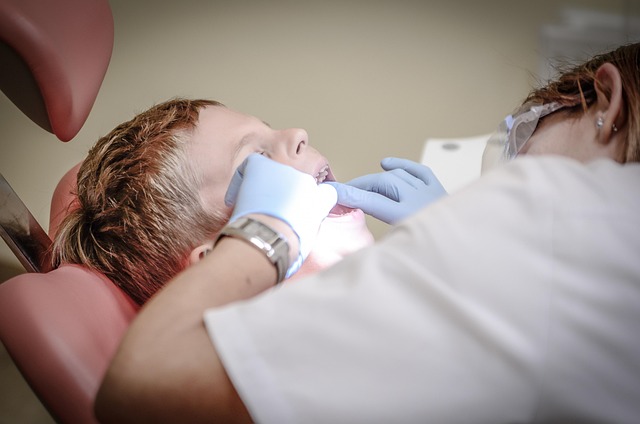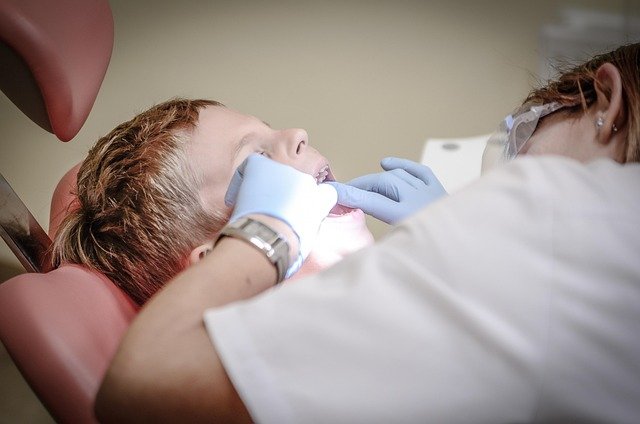Screwless Dental Implants: Modern Solutions for Tooth Replacement
Traditional dental implants have long relied on titanium screws to anchor replacement teeth, but innovative screwless systems are transforming how patients approach tooth restoration. These modern alternatives offer unique benefits for individuals seeking comfortable, efficient solutions for missing teeth. Understanding how these advanced systems work can help you make informed decisions about your dental health and explore options that may better suit your specific needs and lifestyle preferences.

Missing teeth can significantly impact both oral health and quality of life, affecting everything from eating and speaking to self-confidence. While traditional dental implants have provided reliable solutions for decades, recent advances in dental technology have introduced screwless alternatives that are changing the landscape of tooth replacement.
Screw-Free Tooth Replacement: How Modern Systems Work
Screwless dental implant systems utilize innovative attachment mechanisms that eliminate the need for traditional titanium screws. These systems typically employ magnetic connections, snap-fit designs, or specialized locking mechanisms to secure prosthetic teeth to implant posts. The implant base is still surgically placed into the jawbone, but the connection method between the implant and the crown differs significantly from conventional approaches.
The magnetic systems use rare earth magnets embedded in both the implant post and the prosthetic tooth, creating a strong yet removable connection. Snap-fit designs incorporate precision-engineered components that click securely into place, while locking mechanisms use specialized clips or latches to maintain stability.
Screwless Dental Implants: Modern Solutions for Tooth Replacement
The primary advantage of screwless systems lies in their simplified maintenance and potential for easier adjustments. Unlike traditional screwed implants, these systems often allow for straightforward removal and replacement of the prosthetic component without requiring specialized tools or extensive dental procedures. This accessibility can be particularly beneficial for patients who may need periodic adjustments or replacements.
Screwless implants also address some common concerns associated with traditional systems, such as screw loosening or the need for periodic tightening. The alternative connection methods can provide consistent retention force without the mechanical wear that sometimes affects threaded connections.
Screwless Dental Implants: What They Are and How They Work
Candidates for screwless dental implants undergo similar evaluation processes as those considering traditional implants. Dental professionals assess bone density, gum health, and overall oral condition to determine suitability. The surgical placement procedure resembles conventional implant surgery, with the key difference being the implant design and connection mechanism.
Healing and integration periods remain comparable to traditional implants, typically requiring several months for complete osseointegration. Once healing is complete, the prosthetic component can be attached using the screwless mechanism, often resulting in a more streamlined fitting process.
| Provider Type | System Features | Cost Estimation |
|---|---|---|
| Specialized Dental Clinics | Magnetic attachment systems | $2,500 - $4,500 per tooth |
| Prosthodontic Centers | Snap-fit mechanisms | $2,800 - $5,000 per tooth |
| Advanced Implant Practices | Locking clip systems | $3,000 - $5,500 per tooth |
Prices, rates, or cost estimates mentioned in this article are based on the latest available information but may change over time. Independent research is advised before making financial decisions.
Considerations and Limitations
While screwless systems offer distinct advantages, they may not be suitable for all patients or clinical situations. Factors such as bite force, jaw anatomy, and specific tooth replacement needs can influence the appropriateness of these systems. Some screwless designs may have limitations regarding the types of prosthetic teeth that can be supported or the amount of chewing force they can withstand.
Patients should discuss their lifestyle, dietary habits, and long-term expectations with their dental provider to determine whether screwless implants align with their needs. Additionally, the availability of these systems may vary by geographic location and dental practice specialization.
Long-term Outcomes and Maintenance
Research on screwless dental implant systems continues to evolve, with ongoing studies examining long-term success rates and patient satisfaction. Maintenance requirements typically involve regular dental check-ups and proper oral hygiene, similar to traditional implants. However, the simplified connection mechanisms may make certain maintenance procedures more straightforward.
Patients should maintain realistic expectations about the longevity and performance of any dental implant system. While screwless designs offer innovative solutions, individual results can vary based on factors such as oral health, bone quality, and adherence to post-treatment care instructions.
Screwless dental implants represent an exciting advancement in restorative dentistry, offering patients alternative options for tooth replacement that may better suit their individual needs and preferences. As technology continues to advance, these systems may become increasingly refined and widely available, providing more choices for individuals seeking effective solutions for missing teeth.




